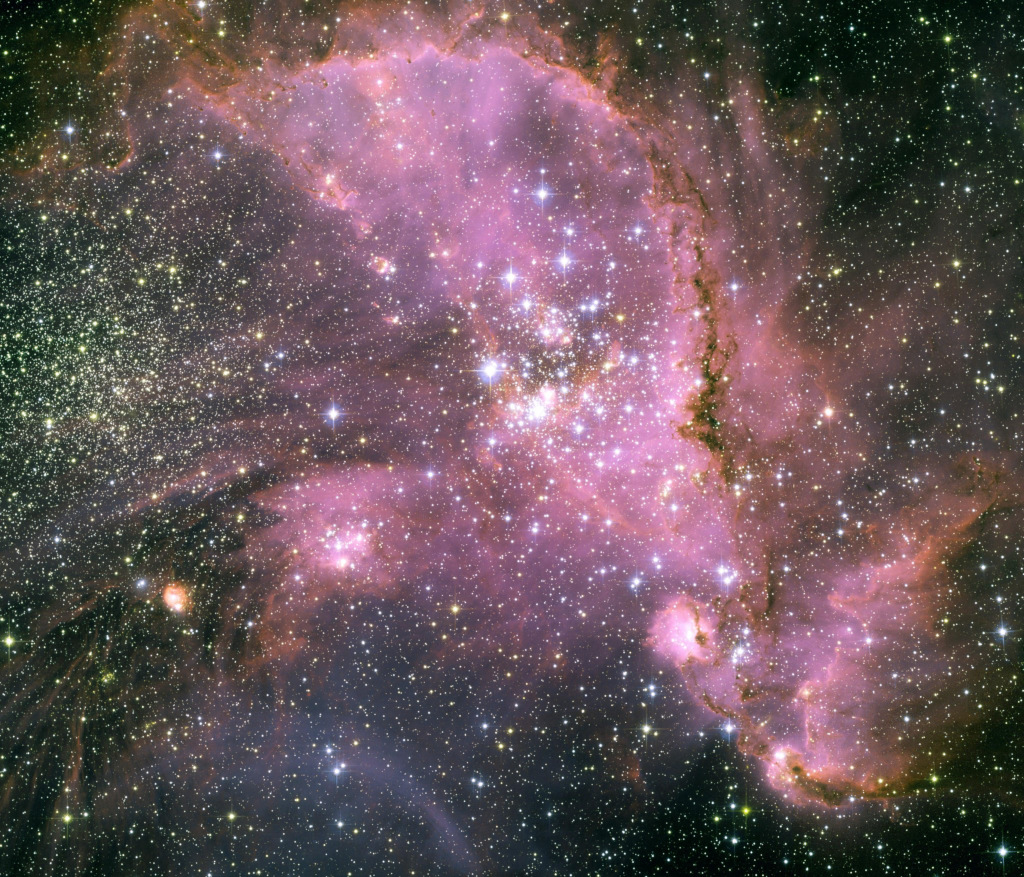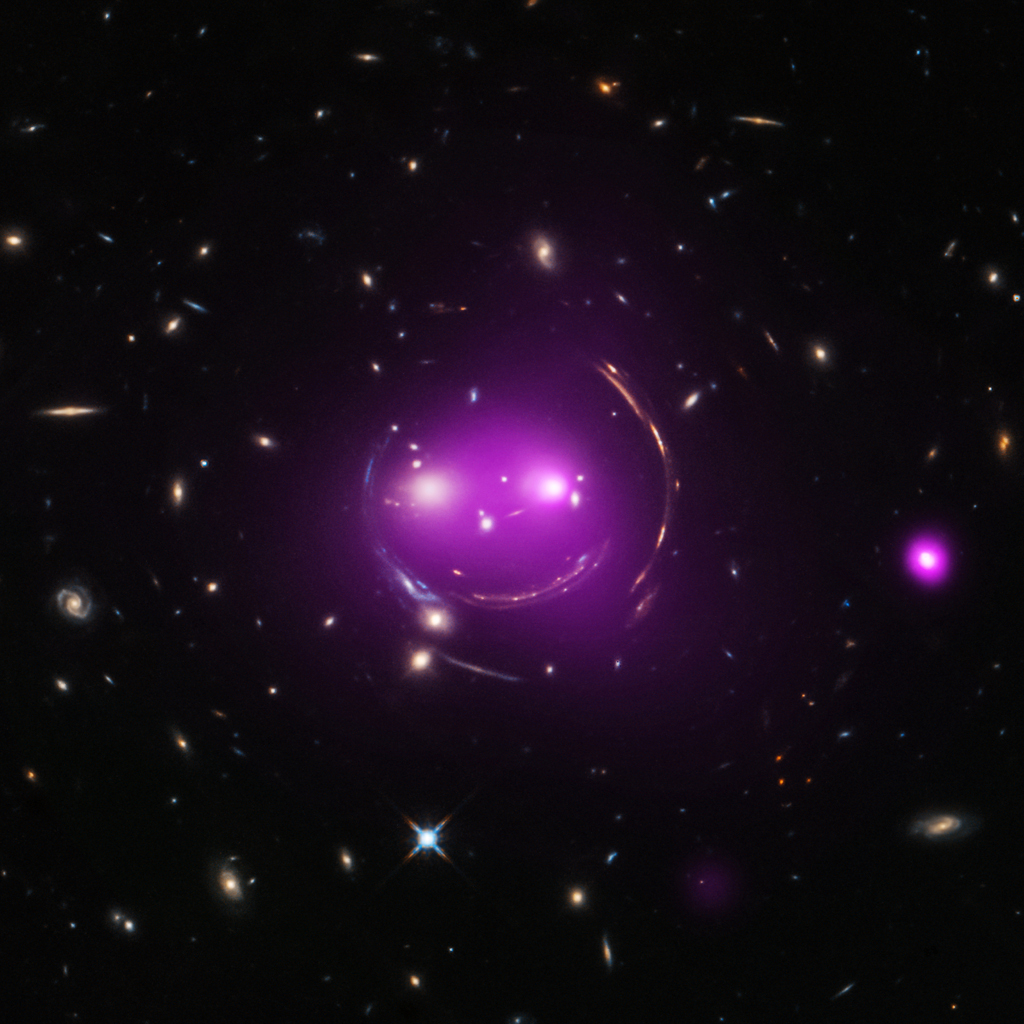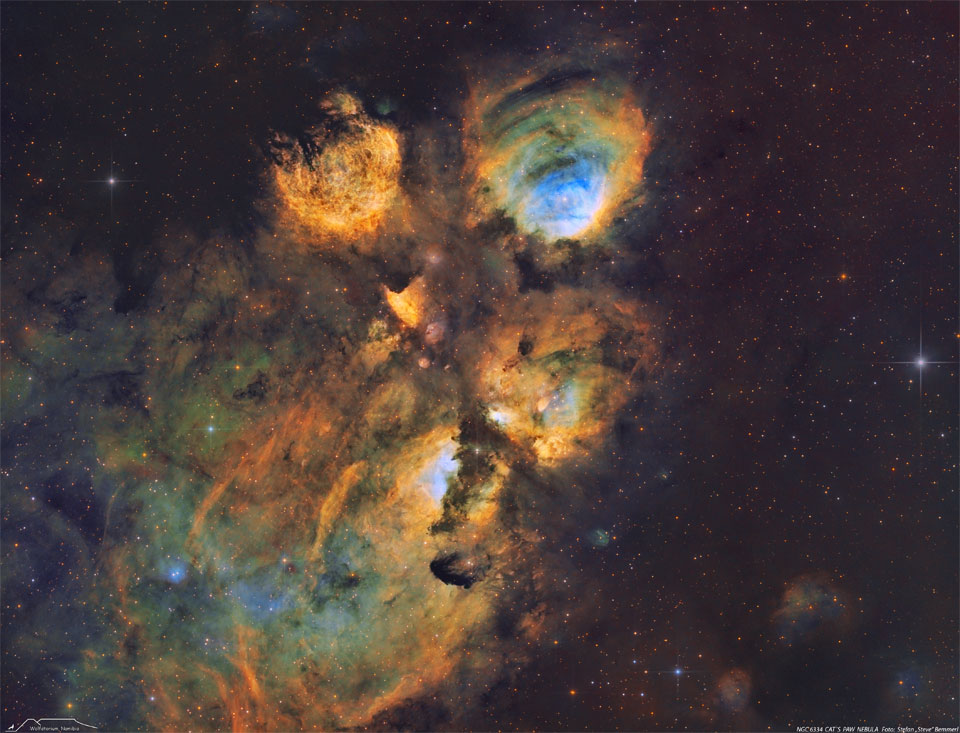
Earth from Orbit: NOAA Debuts First Imagery from GOES-18




NASA will hold a media teleconference at 2 p.m. EDT (11 a.m. PDT) on Tuesday, May 17, to provide an update on the agency’s InSight Mars lander.
from NASA https://ift.tt/vukyNbq
via IFTTT


NASA and Boeing will hold a media teleconference at about 6 p.m. EDT on Wednesday, May 11, following the Flight Readiness Review for the agency’s Boeing Orbital Flight Test-2 (OFT-2), the second uncrewed flight test of the company’s CST-100 Starliner spacecraft for the agency’s Commercial Crew Program.
from NASA https://ift.tt/UzDNLg6
via IFTTT
NASA announced Monday Dr. Marla Pérez-Davis, director of NASA’s Glenn Research Center in Cleveland, plans to retire in June after nearly four decades of service at the agency.
from NASA https://ift.tt/ycq7C5K
via IFTTT
Astronauts of NASA’s SpaceX Crew-3 mission, including crew members from NASA and ESA (European Space Agency), will answer questions about their recent mission aboard the International Space Station during a post-splashdown news conference at 11:45 a.m. EDT Wednesday, May 11.
from NASA https://ift.tt/PDSie1f
via IFTTT
